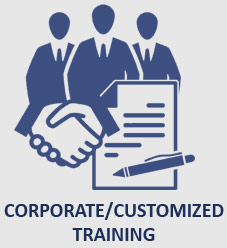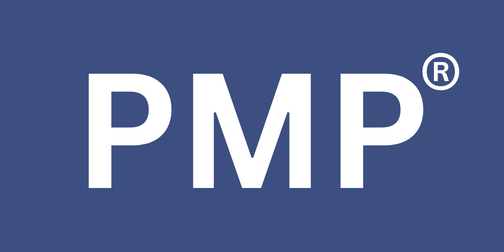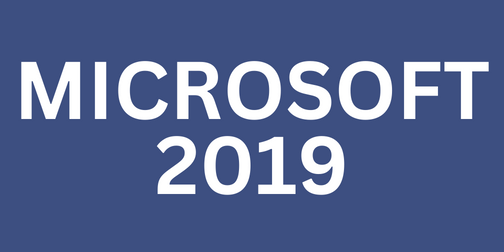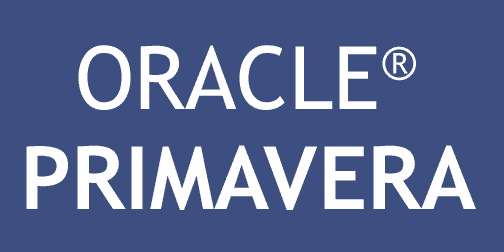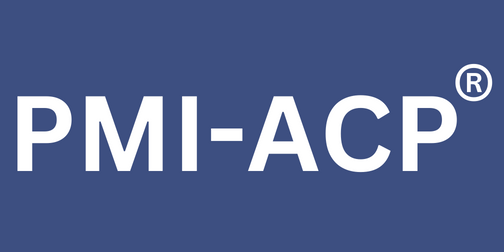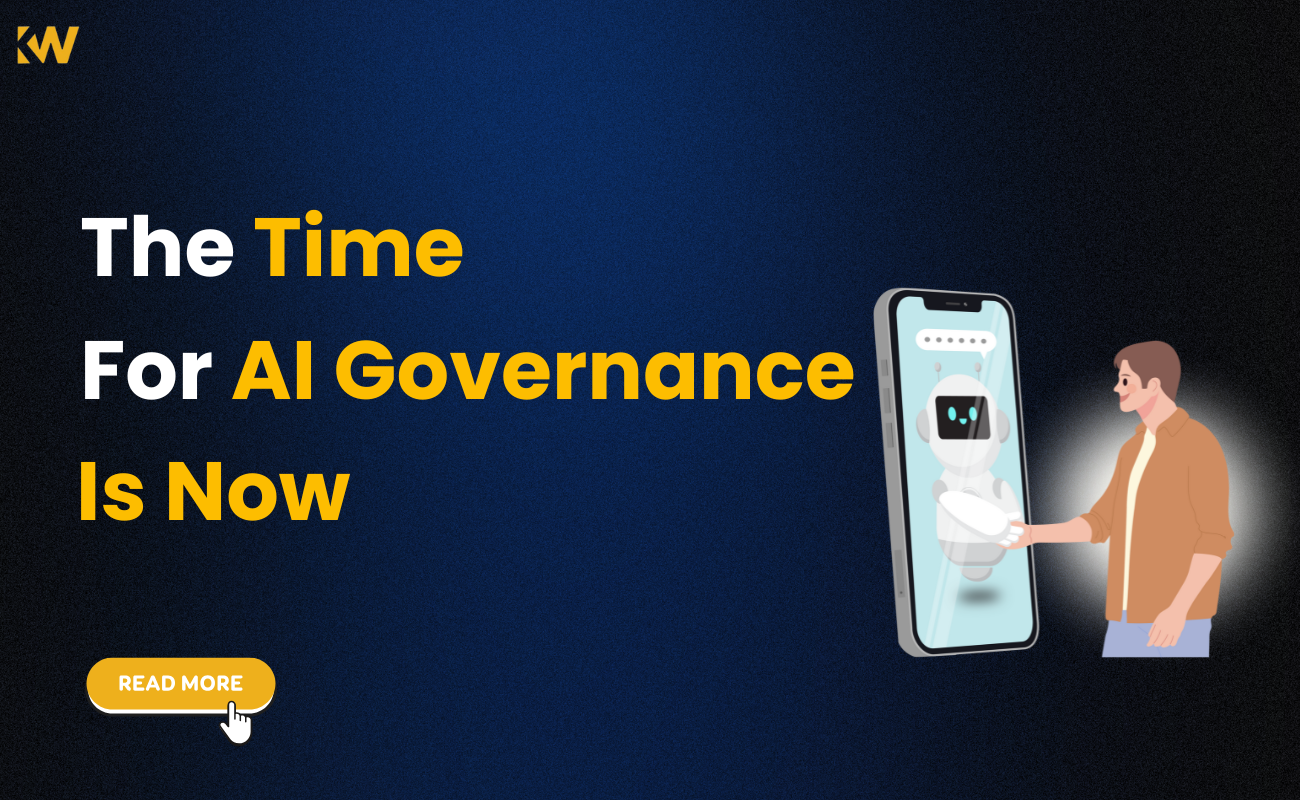
The Time for AI Governance Is Now
Posted On October 24, 2024 - 10:07 AM
We all know now, that artificial intelligence has started to alter the methods we work with projects, and will increase its impact by 2024 as well. This isn't a bad thing. It's exciting! As professionals working on projects, we're blessed to not be observers, but actively involved in this change. I'm a proponent and a cheerleader for the integration of AI in the management of projects. However, I am also cautious and I am aware that using AI should be controlled and managed.
AI automates fundamental processes of project management including risk management and scheduling meetings to communicate with stakeholders. According to Gartner research, 80% of current tasks related to managing projects will be handled by AI in the next decade.
Scary? Imagine this: a world where project managers do not have to devote endless hours to gathering data, tracking, and reporting since AI has it covered. A future where the mundane aspects of managing projects are a thing of the past and we can concentrate on the human and strategic aspects of our jobs. Wouldn't that be wonderful?
Either way, as well, we must all reach a consensus on a single point that we need to implement a logical strategy to handle AI when working on projects. That's where the notion of ai governance is crucial.
What is AI Governance?
-
Let's look at what we are referring to by AI governance, particularly in relation to project management. AI Governance for Project Management is a standardized process that defines and standardizes the supervision an organization gives to the use of AI for their project management tasks.
-
However, it's more than just setting the rules, it's a comprehensive system created to manage, direct and monitor AI-powered projects management. This method ensures ethical and responsible usage of AI and minimizes risk.
-
AI governance also involves making sure that there is accountability. It's about ensuring that an individual is accountable for every decision taken and for every decision taken by AI systems.
-
And lastly, AI governance is a crucial element in earning and keeping the trust of your project's key the project's stakeholders.
Consequences of a Lack of Governance
Let's talk about the dangers that you might face if there's no AI governance strategy to manage projects. Consider the scenario where you've let AI be integrated into your processes for managing projects and tools, without control or guidance. You do not have to think about this because it's already happening inside your business - wow!
A few of the repercussions are:
-
A loss of trust: In the absence of transparent governance, people could lose faith in AI-driven decision-making if they think they're not accountable or transparent.
-
Higher risk: Without a governance framework, security-related breaches, data misuse, and unintentional ethical violations are more likely.
-
Reluctance to Adoption: Lack of clarity in guidelines can create anxiety or uncertainty within the team, resulting in resistance to adopting AI-driven processes and tools.
-
Poor decision-making: If there isn't proper oversight it is easy for a company to lose control of AI applications. They could make decisions that humans would never make and result in results that aren't in line with your project's objectives.
-
Infractions to Regulations: There is an expanding body of regulations and laws governing using AI. If you don't have a proper governance and oversight system, you could be in breach which could lead to sanctions, legal problems and harm to your reputation.
Decentralized vs Centralized Approach
-
The decision between a central or decentralized method of AI Governance in Project Management has an impact on the effectiveness. Each presents risks and opportunities.
-
In a decentralized manner, the department or team within an organization is responsible for its own AI use. The units are free to pick their individual AI methods, tools and data to create the AI depending on the specific requirements of their project. This approach can allow for flexibility and personalization however it can also lead to inconsistency within AI utilization across the entire organization.
-
For instance, In Company A, one team may decide to utilize a particular AI tool to manage risk however, another team may prefer a different method to accomplish the same job. The problem is that every tool could take a completely different approach, leading to inconsistent results. Also, the information used to train the AI could differ from one team to another.
-
This approach allows each team to customize their AI usage to meet their specific requirements, it can cause a lack of consistency in the outcomes of projects and expectations of stakeholders.
-
However, the centralized model is governed by an enterprise-wide entity that takes the decisions and sets the guidelines for AI use. The entity could be one of the PMO, Center of Excellence or any other leaders within your company. The body oversees the procedures, and rules and also approves AI PM tools for use to ensure consistency across the company. The body also has responsibility for the management of risk, AI training, and compliance with laws and regulations.
-
For instance, Company B has a PMO that has a central AI Governance system. The PMO reviews AI-powered tools and vendors and decides the ones that are suitable to use, along with acceptable scenarios for use. Let's suppose you come across an AI tool you'd like to utilize which automates scheduling. It is necessary to submit your request through the intake process of a PMO.
-
In this process during this intake process, the PMO will assess the tool and its vendor using a set of standards. When the software is deemed to be approved by the PMO, the PMO will define acceptable use scenarios, offer instruction and ensure that the tool complies with regulations from outside. Every team within the company must adhere to these guidelines, thereby ensuring consistency and uniformity across the organization.
-
As you can see, both strategies have advantages and disadvantages. The decentralized model allows for flexibility, and speed, along with the option of local optimisation however, it could create inconsistencies, a duplicate of effort, and a variety of challenges in managing risk.
-
On the other hand, centralization can lead to uniformity, efficient utilization of resources, as well as an effective risk management system, but it can delay implementation and restrict flexibility.
-
While both strategies offer advantages While both approaches have their advantages, a central approach provides many advantages and comes with a lower risk.
Getting started
When you begin your journey towards AI control for managing projects, you'll usually fall into the following four scenarios:
-
Your company already has an extensive AI Policy that is in effect: Great! Consider this as an addition that addresses the use of project management instances.
-
Your company hasn't yet begun developing governance for AI: Establishing a strategy for how AI will be controlled to manage projects can be a chance for you to become a leader within your business.
-
Your company has recently begun creating the overall AI Governance strategy: As a project manager, you must be sure you have an opportunity to determine and promote how AI can be utilized to oversee projects.
-
Your company has resisted the idea of using AI generally: Developing this plan in the context of the project management use case could be the perfect solution to get your managers more comfortable in exploring different use scenarios.
Conclusion
Whatever your situation wherever you may be, the moment to consider ai governance is here. Whatever your situation the right time to implement AI management is today. Start with this extensive template of 27 pages to aid you. It covers the principles of governance roles and responsibilities, maturity and readiness assessments monitoring and managing risk data, alignment, and many more.
Check Out This Blog : How to Run a Better Status Meeting
FAQ
Q1. What is AI governance TQ's answer?
Ans. Artificial intelligence (AI) governance refers to the processes, standards and guardrails that help ensure AI systems and tools are safe and ethical. AI governance frameworks direct AI research, development and application to help ensure safety, fairness and respect for human rights.
Q2. What is the governance of AI?
Ans. What Is AI Governance? Artificial intelligence governance is a collection of frameworks, policies, and best practices that serve as guardrails to ensure that AI technologies are developed and used in a way that minimizes potential risks from bias and maximizes intended benefits.
Q3. What is an AI governance brain?
Ans. AI Governance refers to a framework that manages an organization's use of artificial intelligence (AI) with processes, controls, and tools. It involves establishing guidelines, policies, and procedures to ensure that AI systems are designed, developed, and deployed responsibly and ethically.
Q4. What is security governance in TQ?
Ans. Security governance is the combined set of tools, personnel, and processes that provide for formalized risk management. It includes organizational structure, roles and responsibilities, metrics, processes, and oversight, as it specifically impacts the security program.
Q5. What are the applications of AI in governance in India?
Ans. Several government departments across States– including municipal corporations and police are using image recognition and AI for near-real-time monitoring of traffic and the infrastructure of the city.











